Cows are overheating, production is falling, and shelves could feel it.
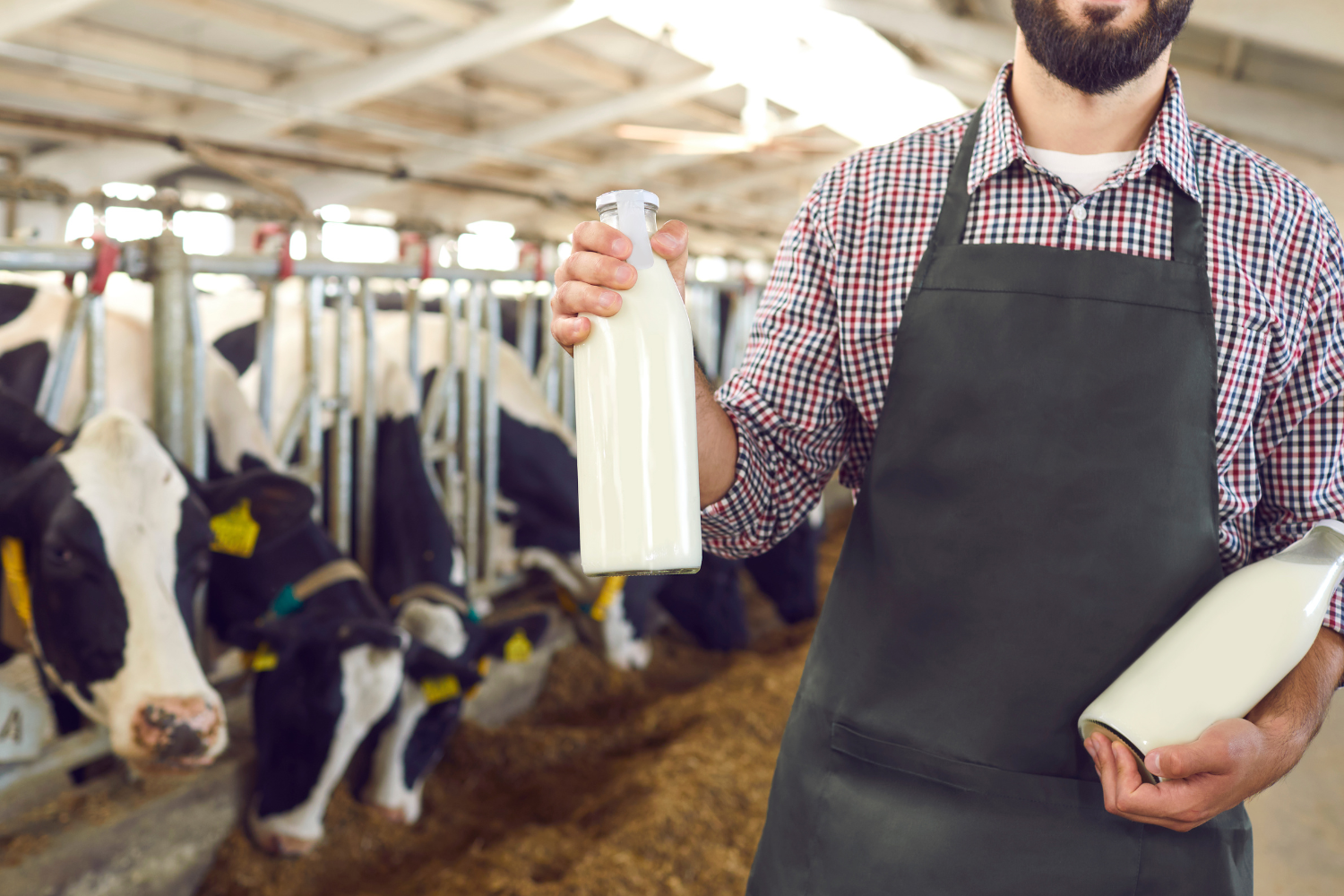
When heat waves roll across America, cows suffer first. Dairy cattle are built for mild climates, not relentless triple-digit heat, and their production drops sharply when their bodies struggle to cool off. That slump, once seasonal, is now creeping into longer parts of the year.
The bigger story is what happens next. Milk processing plants can’t make up the shortfall, and grocery stores start showing empty shelves where gallons used to be. The U.S. dairy industry, worth billions, is now fighting a heat crisis that’s rewriting how food gets from the farm to the fridge.
1. Rising heat is draining dairy cows of energy.
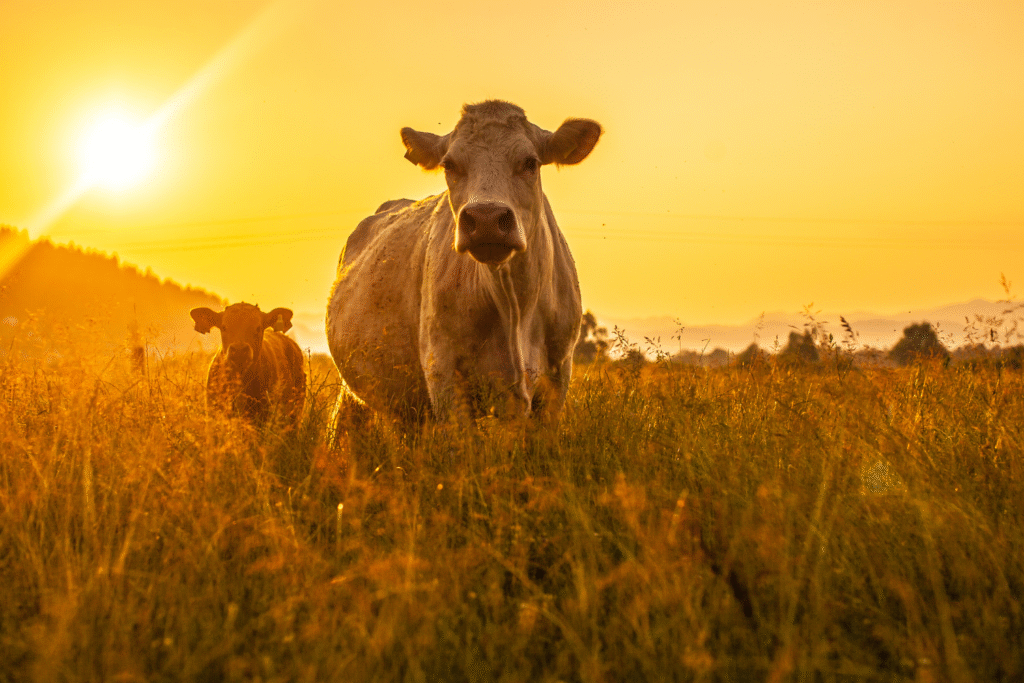
When cows are stressed by extreme heat, their internal temperature rises faster than they can regulate it. That stress suppresses appetite, leading to less milk production overall. As stated by the University of Wisconsin’s Dairy Science Department, heat-stressed cows can lose up to 20 percent of their daily output during prolonged heat events. Farmers are already installing shade systems and water misters, but it’s a patchwork solution for a nationwide problem that’s expanding beyond summer months.
More days above 90 degrees mean the cycle doesn’t reset at night. Cows need recovery periods, and without cooler nights, they start each day depleted. The energy that would go toward milk now goes toward survival. This biological trade-off is small individually, but across millions of cows, it adds up to an industry-wide production collapse that grocery buyers eventually notice.
2. Feed quality is collapsing under hotter growing seasons.
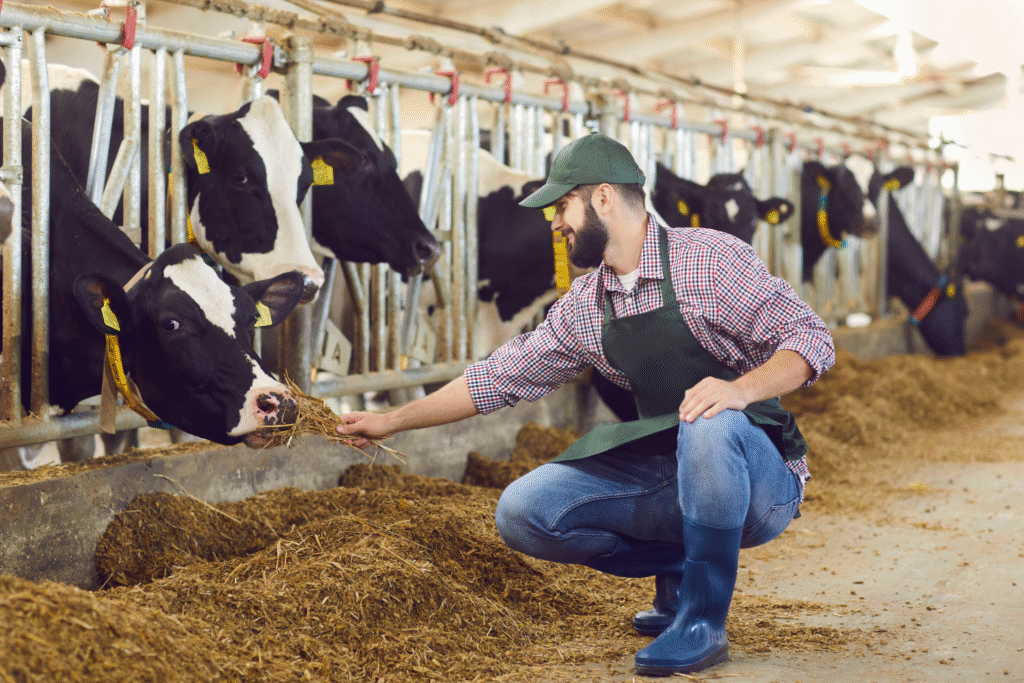
It’s not only the cows suffering. The alfalfa and corn that fuel the dairy industry are drying too quickly under blistering sun, losing nutrients before harvest. The National Oceanic and Atmospheric Administration confirmed that prolonged drought in dairy regions like California’s Central Valley has sharply cut feed yields, limiting both quality and availability.
Lower-quality feed means lower-quality milk. Cows burn extra energy digesting dry, nutrient-depleted hay, producing less milk in the process. Some farmers are paying double just to import feed from cooler states, driving up costs that ripple to consumers. Those price hikes are already surfacing in store aisles, making a gallon of milk an unexpected luxury for many families.
3. Nighttime temperatures are quietly making things worse.
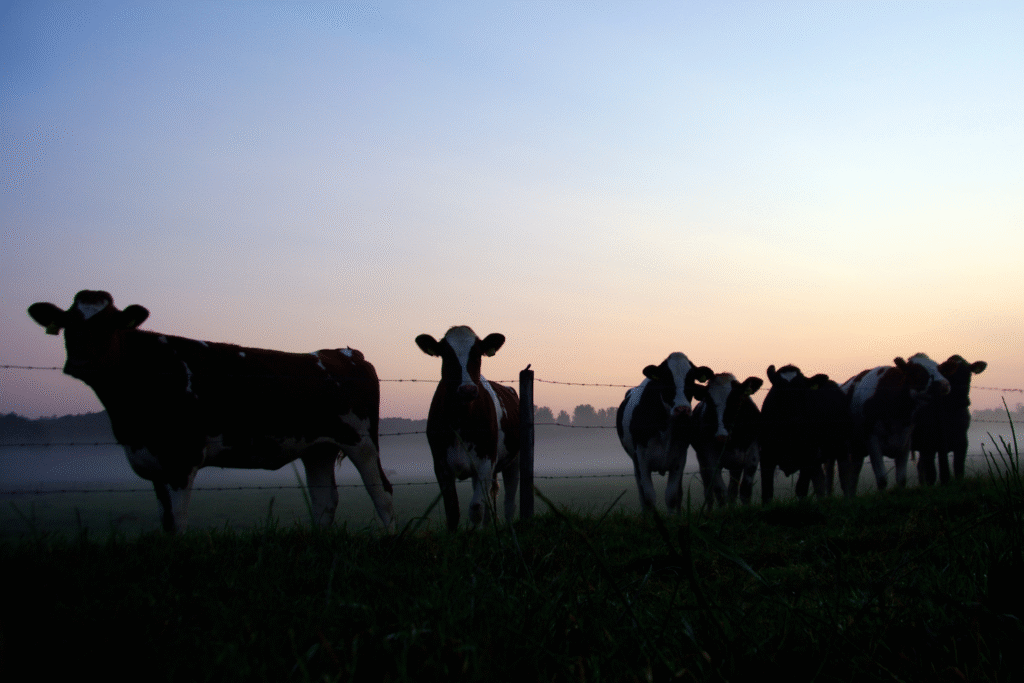
According to a study published by the American Meteorological Society, high nighttime temperatures are more damaging than scorching days. Without cool nights, dairy cows can’t release built-up heat, keeping their core temperatures dangerously elevated for days. That slow exhaustion chips away at both milk yield and fertility rates, creating long-term herd declines.
The problem now stretches into traditionally cooler states like Wisconsin and Michigan. Farmers there say cows pant through the night even with fans running, showing early signs of dehydration by morning. Each hot night compounds the previous one, setting off a domino effect that doesn’t reset until the weather finally breaks.
4. Milk spoilage is rising before it even leaves the farm.
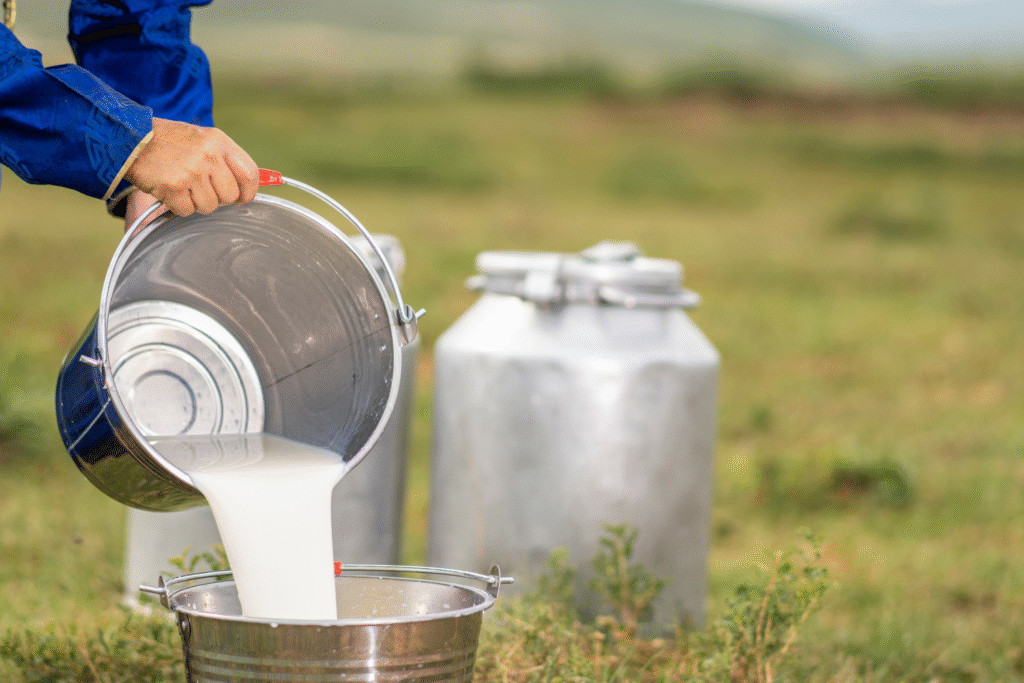
Storage tanks and delivery trucks depend on cold-chain systems that are being tested by record outdoor temperatures. When refrigeration units run longer and harder, breakdowns follow. That means some milk spoils before it ever reaches the bottling stage. Farmers often catch it too late, losing thousands of gallons in a single heat spike.
Smaller dairies, already on tight margins, face impossible choices, either risk spoilage during transport or halt shipments entirely. As these small producers pull back, distributors rely more heavily on industrial-scale farms, concentrating supply in fewer hands. That vulnerability shows up in stores as shorter stock and fewer brand options, a subtle warning of strain across the system.
5. Worker shortages are making heat mitigation harder.
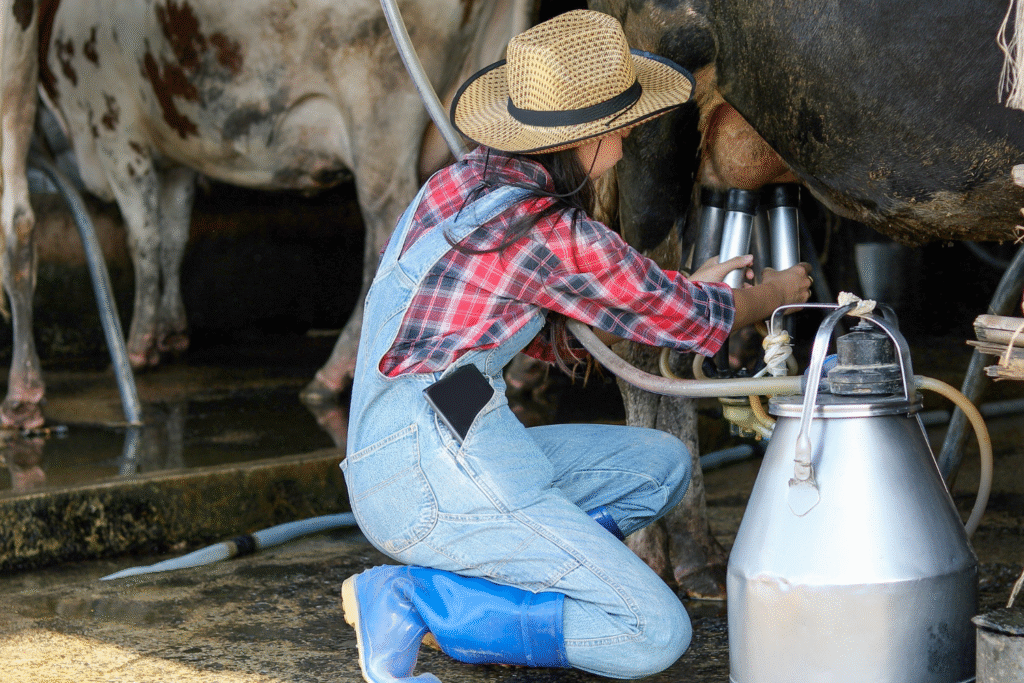
Extreme heat doesn’t just wear out cows, it drives human workers indoors. Farmhands, truckers, and processing plant crews are struggling under conditions that feel like working inside an oven. Some facilities have cut hours or shifted operations to nighttime, which slows production timelines.
Without enough labor, water sprayers and cooling systems don’t run consistently, and the ripple effects show up fast. Equipment malfunctions go unchecked, ventilation fans fail, and cows lose more milk output. Labor gaps are becoming just as much of a supply threat as the heat itself, further tightening the chain between the farm and the grocery cooler.
6. Cooling systems are draining more power than ever.
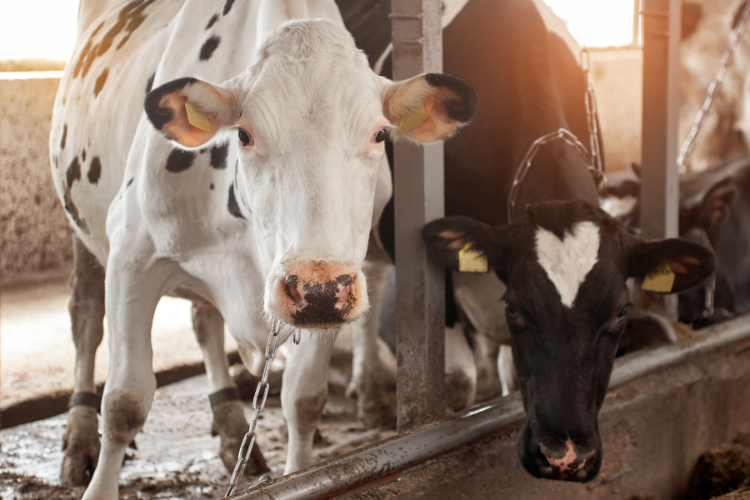
Dairy operations now run massive fans, misters, and chillers around the clock, but that comes at a cost. In states like Texas and Arizona, utilities have started imposing limits on agricultural energy use during heat emergencies, forcing dairies to ration cooling power. It’s a cruel irony, saving electricity while losing milk.
Producers who can afford backup generators or solar systems are faring slightly better, but even they report rising electric bills eating into profit margins. The energy load tied to saving milk is becoming a new financial liability, one that’s reshaping how farms budget for both survival and sustainability.
7. Drought is choking water access for dairy operations.
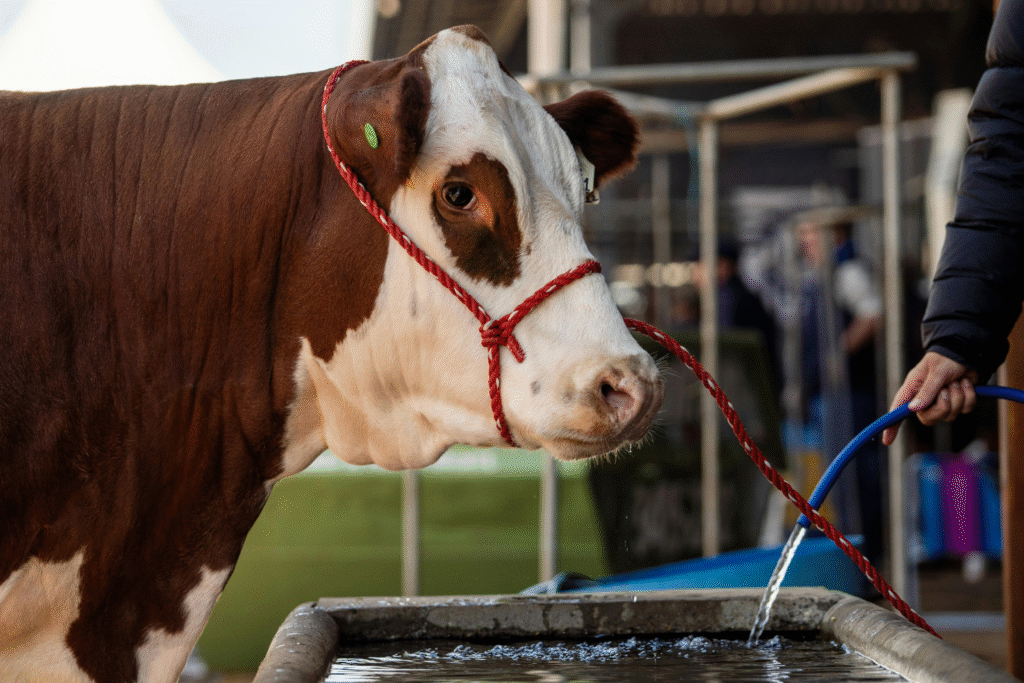
The heat wave story doesn’t end with temperature, it bleeds into water scarcity. Dairies in California, Nevada, and parts of New Mexico are seeing well levels drop, forcing them to buy or truck in water. Those costs were once rare, now they’re routine.
When water becomes a rationed commodity, animal comfort is the first to suffer. Fewer showers, shallower drinking troughs, and restricted cooling times compound the heat stress already baked into the system. By late summer, these operations often hit crisis mode, culling herds just to keep what’s left alive through the season.
8. Global supply chains can’t cover America’s shortfall.
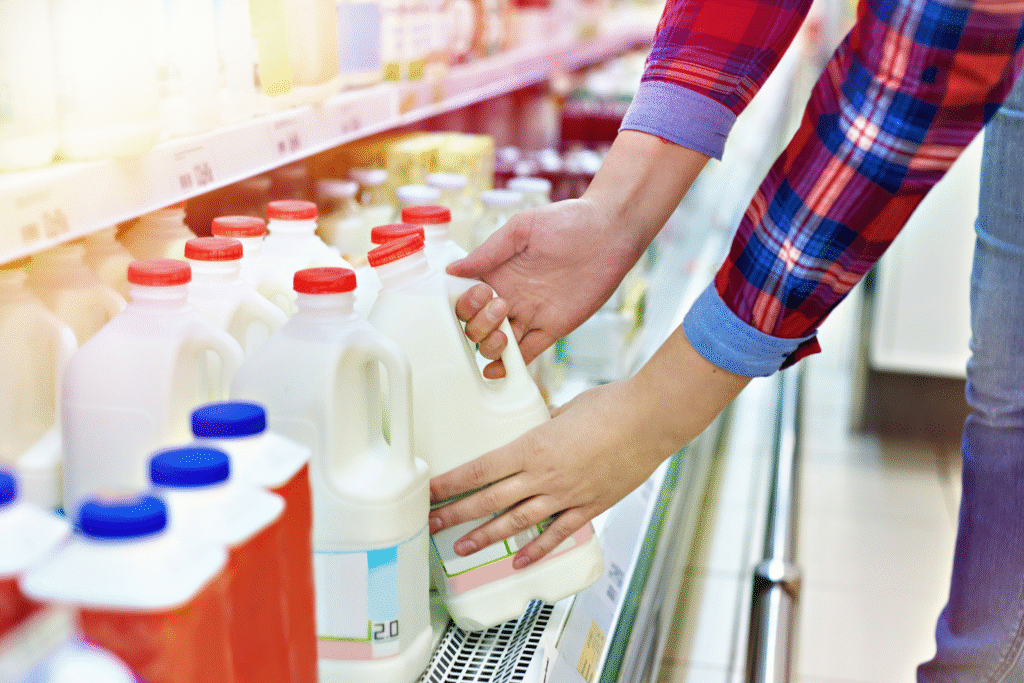
Importing milk isn’t easy. It has a short shelf life, and international dairy transport requires expensive temperature control from start to finish. Even neighboring countries can’t meet demand quickly enough. When U.S. supply dips, foreign imports take weeks to arrive if they come at all.
This mismatch leaves domestic retailers scrambling to restock. Some stores quietly reduce gallon sizes or promote plant-based alternatives to soften the shortage perception. But for families who rely on milk daily, the absence feels glaring. The fragility of America’s dairy network is now impossible to ignore when cold cases start looking emptier.
9. Prices are climbing faster than wages can keep up.
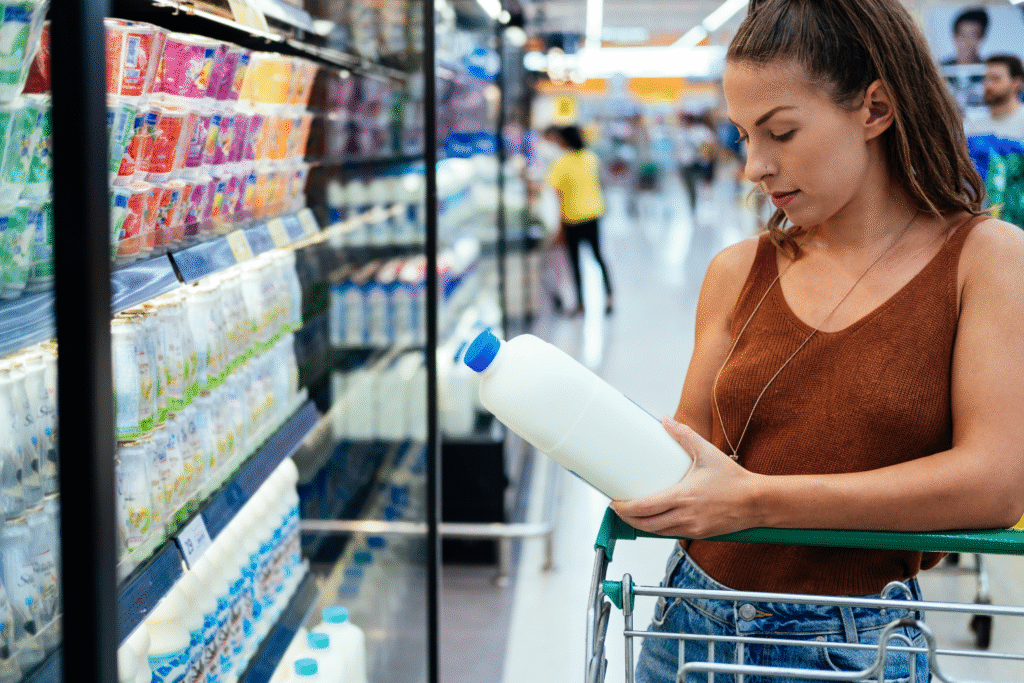
As production costs rise and supplies tighten, milk prices have surged well above inflation. The U.S. Department of Agriculture reported that average retail prices are now the highest in over a decade, with projections showing continued increases into 2026.
For low-income households, that shift hits hardest. Families that once bought milk weekly now stretch it, opting for powdered or alternative substitutes. What was once a staple of every breakfast table is turning into a calculated purchase. The ripple effect extends beyond households to schools and hospitals, where food budgets are being rewritten around milk’s new cost.
10. The dairy industry is rethinking its entire survival plan.
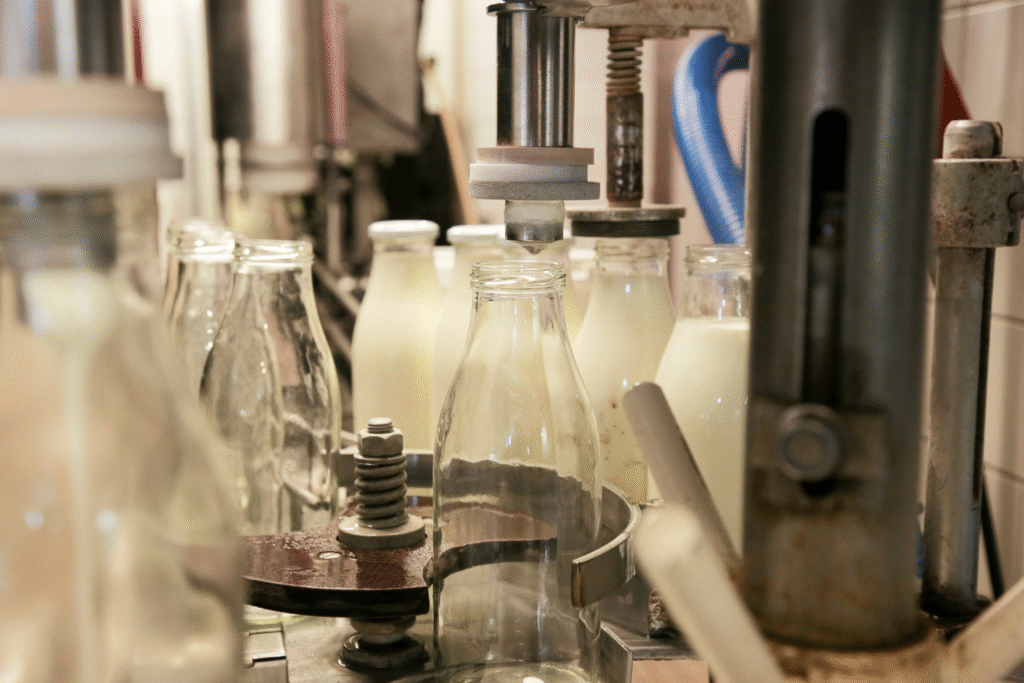
Behind closed doors, major dairy producers are now mapping out climate adaptation plans that sound more like emergency blueprints. They’re testing heat-tolerant cow breeds, investing in shaded barn architecture, and even experimenting with lab-grown milk proteins to buffer supply gaps.
These moves may buy time, but the clock is ticking. Extreme heat is no longer a seasonal inconvenience, it’s a structural crisis reshaping one of America’s oldest industries. Each time temperatures spike, the invisible link between cow comfort and grocery store shelves becomes clearer, reminding us how fragile the entire chain really is.
